Long before Tenzin Gyatso became the global face of Tibetan Buddhism, thirteen Dalai Lamas shaped the spiritual and political journey of Tibet. Here's a look at each of their lives and contributions.
Born in 1391 in Gyurmey Rupa, near Sakya, Gedun Drupa was originally named Pema Dorjee. Coming from a nomadic family, he would rise to become the foremost disciple of Tsongkhapa, the revered founder of the Gelug school of Tibetan Buddhism. Gedun Drupa's dedication to his teacher earned him the responsibility to spread Buddhist teachings across Tibet.
In 1447, he founded the Tashi Lhunpo Monastery in Shigatse, which grew into one of the key monastic universities in Tibet. Gedun Drupa died in 1474 while in deep meditation. His passing marked the beginning of a sacred lineage that would stretch centuries beyond his own life.
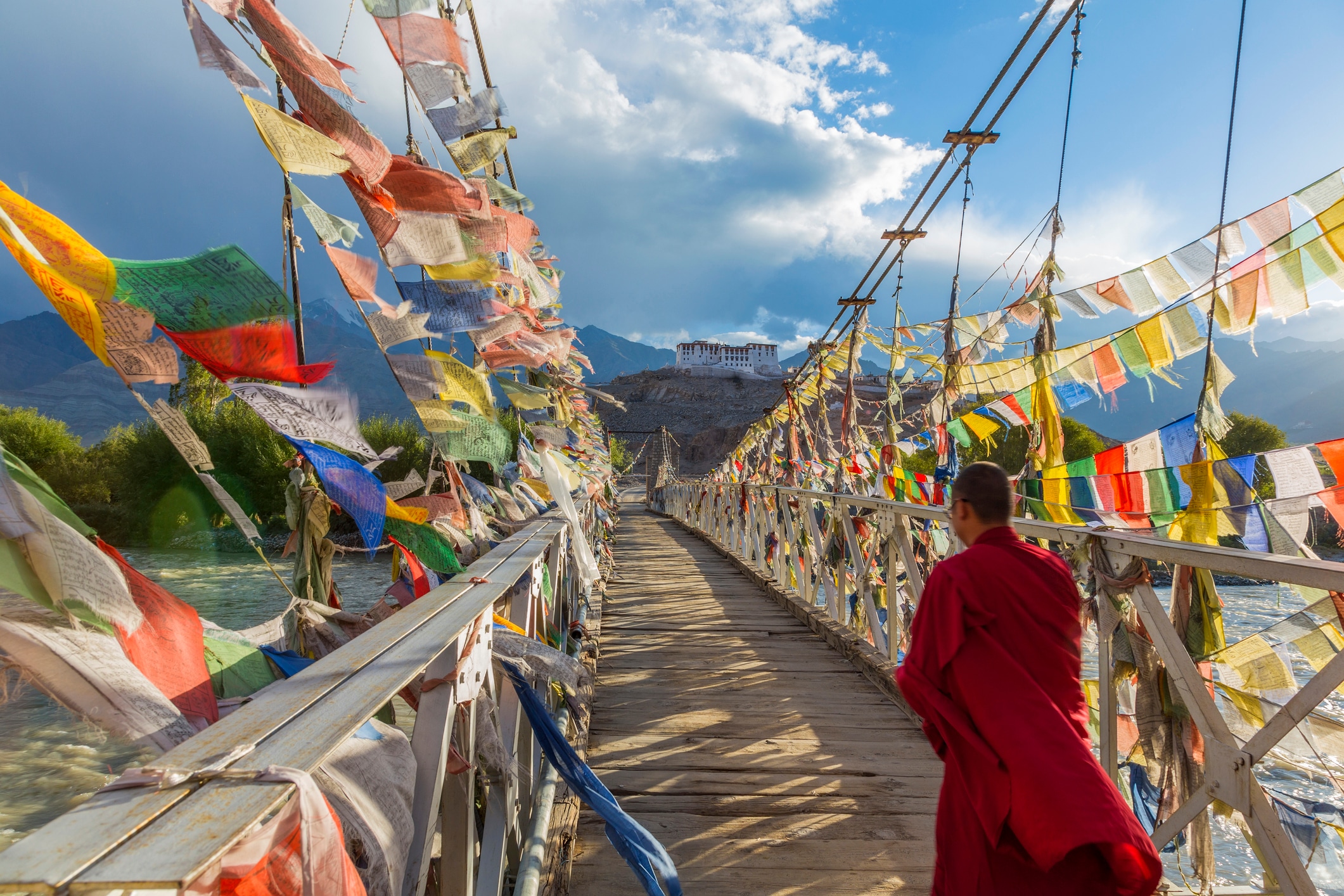
Gedun Gyatso was born in 1475 in Tanag Sekme, near Shigatse, into a farming family. Remarkably, as a young child, he identified himself as Pema Dorjee, the name of the First Dalai Lama. He insisted he belonged in Tashi Lhunpo monastery, a claim that amazed his parents and spiritual leaders alike.
He went on to become the abbot of Sera Monastery in 1525 and held significant influence within the Gelug school. Gedun Gyatso passed away in 1542, continuing the unbroken thread of enlightened reincarnation.
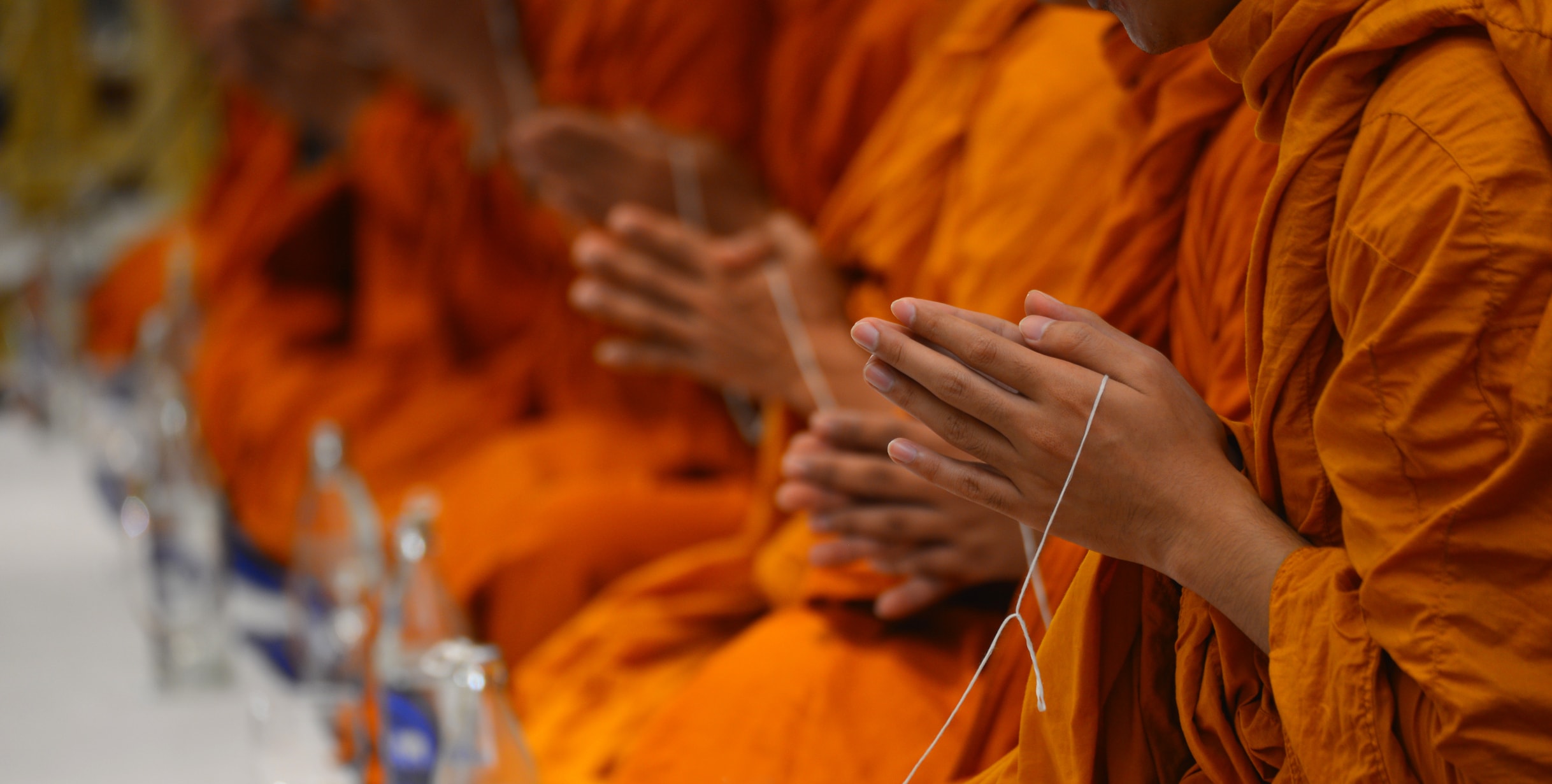
Born in 1543 in Tolung, near Lhasa, Sonam Gyatso hailed from a wealthy family. As an infant, he was given goat's milk for nourishment after his siblings died young, earning him the name Ranu Sicho Pelzang, meaning "prosperous one saved by goat’s milk."
He was recognized as the reincarnation of Gedun Gyatso and became the first to be formally titled "Dalai Lama." His teachings spread far beyond Tibet, and he died in 1588 while spreading Buddhism in Mongolia.
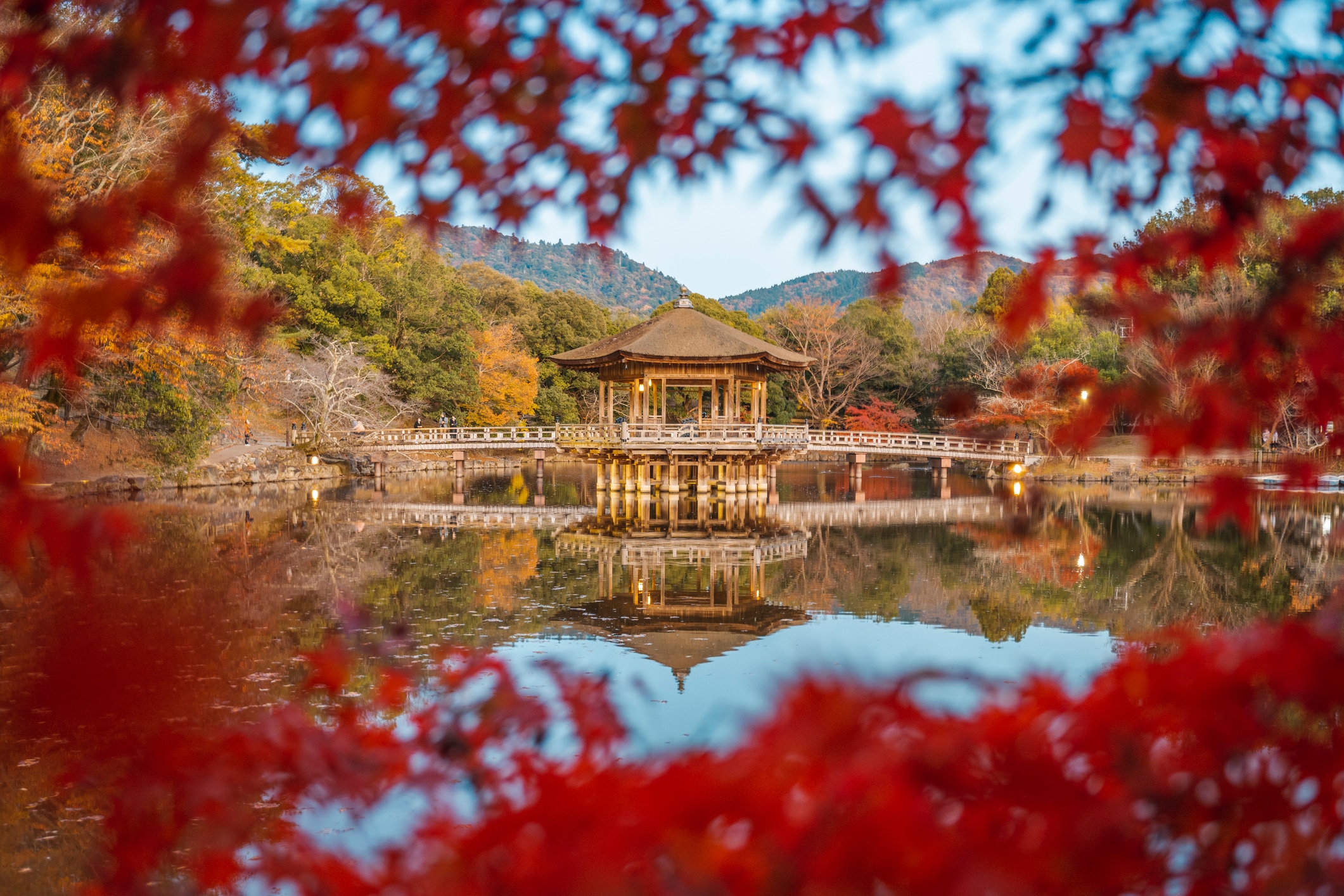
Born in Mongolia in 1589 to the grandson of Altan Khan, Yonten Gyatso brought an important Mongolian connection to the lineage. With predictions from state oracles affirming his identity, he was recognized as the Fourth Dalai Lama.
He traveled to Tibet and resided in Drepung Monastery, where he passed away in 1617 at the young age of 27. His reign was brief but geopolitically significant, reinforcing ties between Mongolia and Tibet.
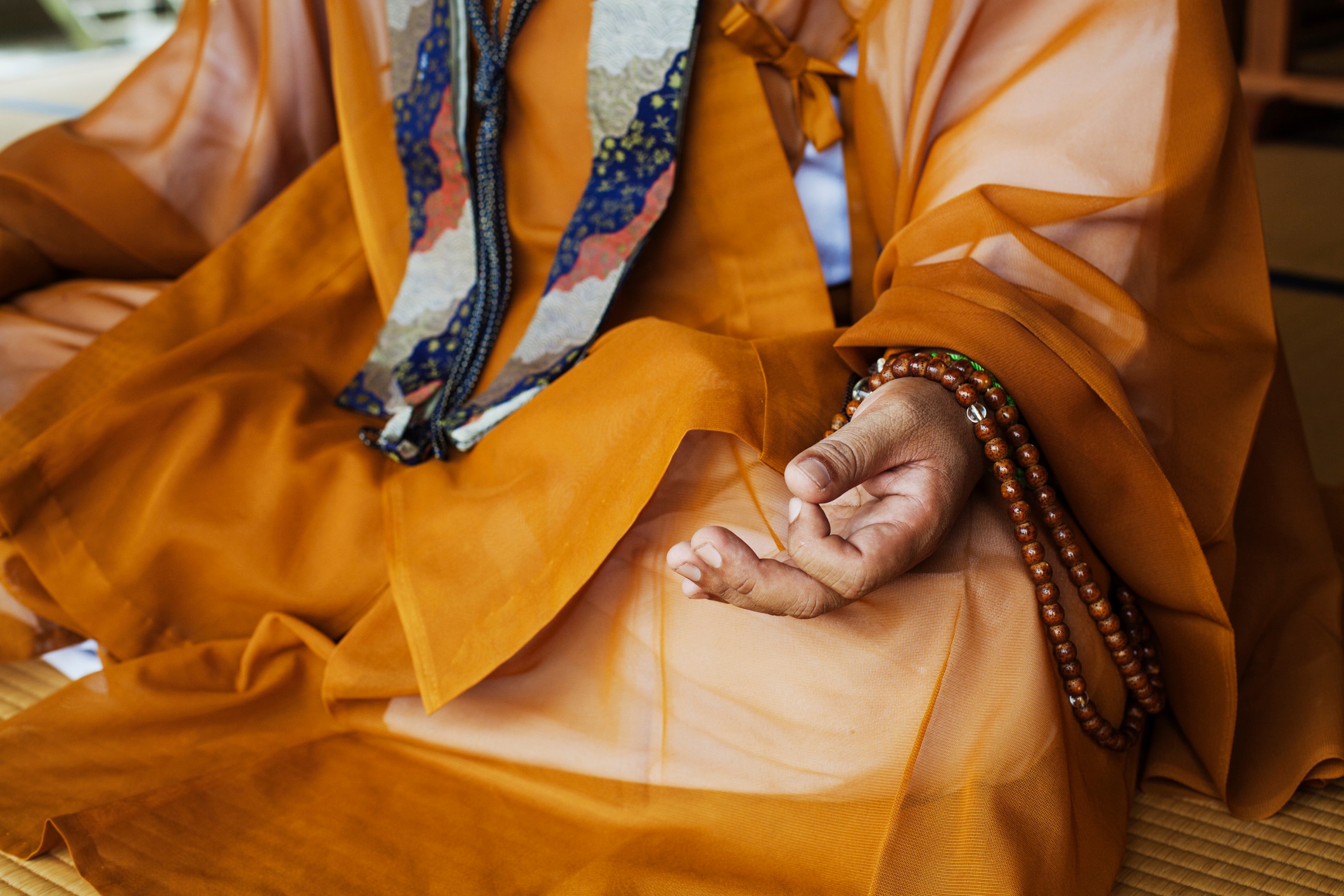
Lobsang Gyatso was born in 1617 in Lhoka to a noble family. The chief attendant of the previous Dalai Lama confirmed his identity in secret due to political unrest. Once it was safe, he was publicly enthroned and began his formal education under the Third Panchen Lama.
He is most remembered for initiating the construction of the Potala Palace in Lhasa, a spiritual and political center that stands to this day. Although he died in 1682, the palace remains a lasting symbol of his rule.
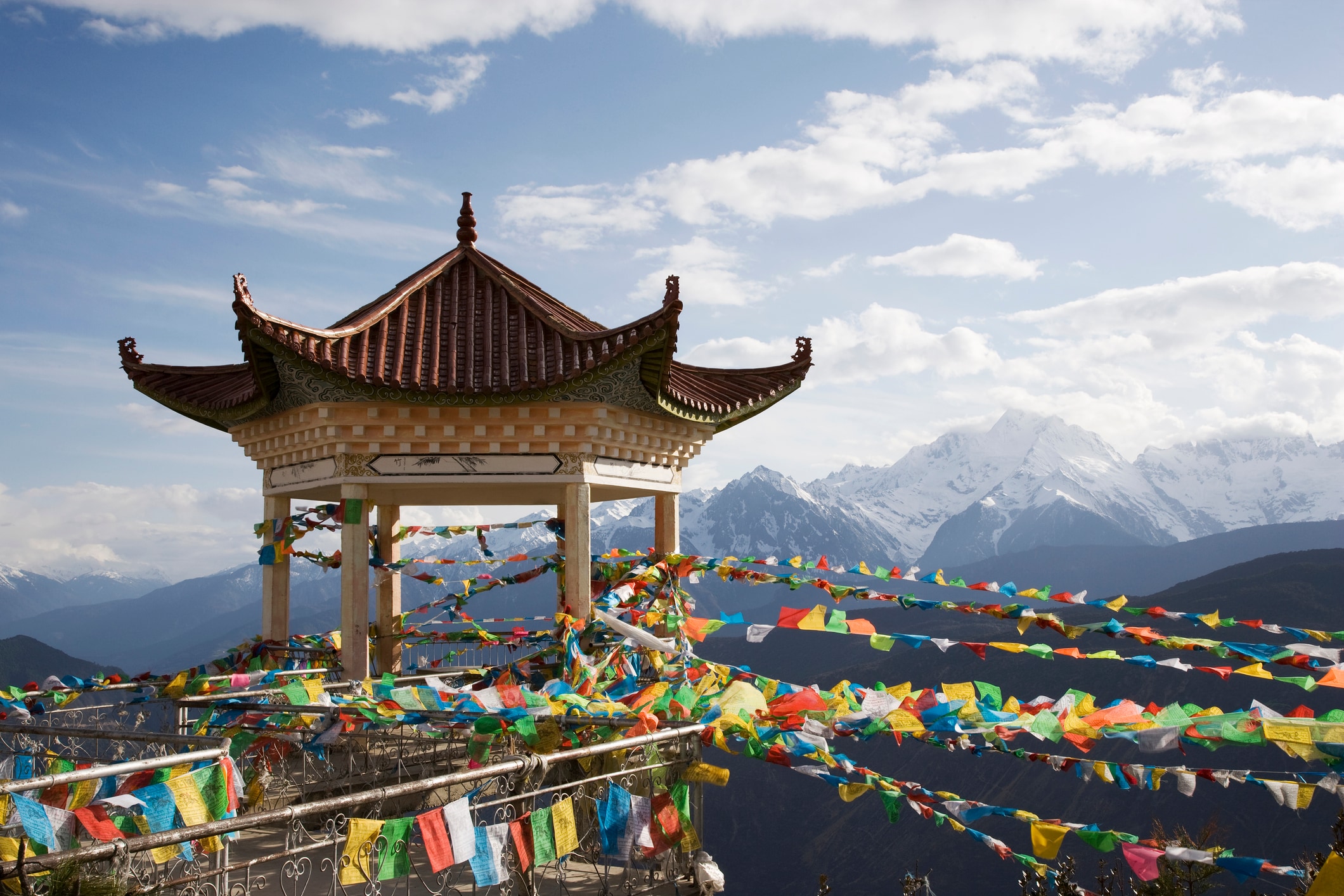
Born in 1682 in present-day Arunachal Pradesh, Tsangyang Gyatso was a highly unorthodox Dalai Lama. Known for his romantic poems and love for worldly pleasures, he broke many monastic rules.
His enthronement came after a 15-year concealment of the Fifth Dalai Lama's death. In 1706, he was invited to China but died mysteriously en route, marking one of the most enigmatic chapters in the lineage.
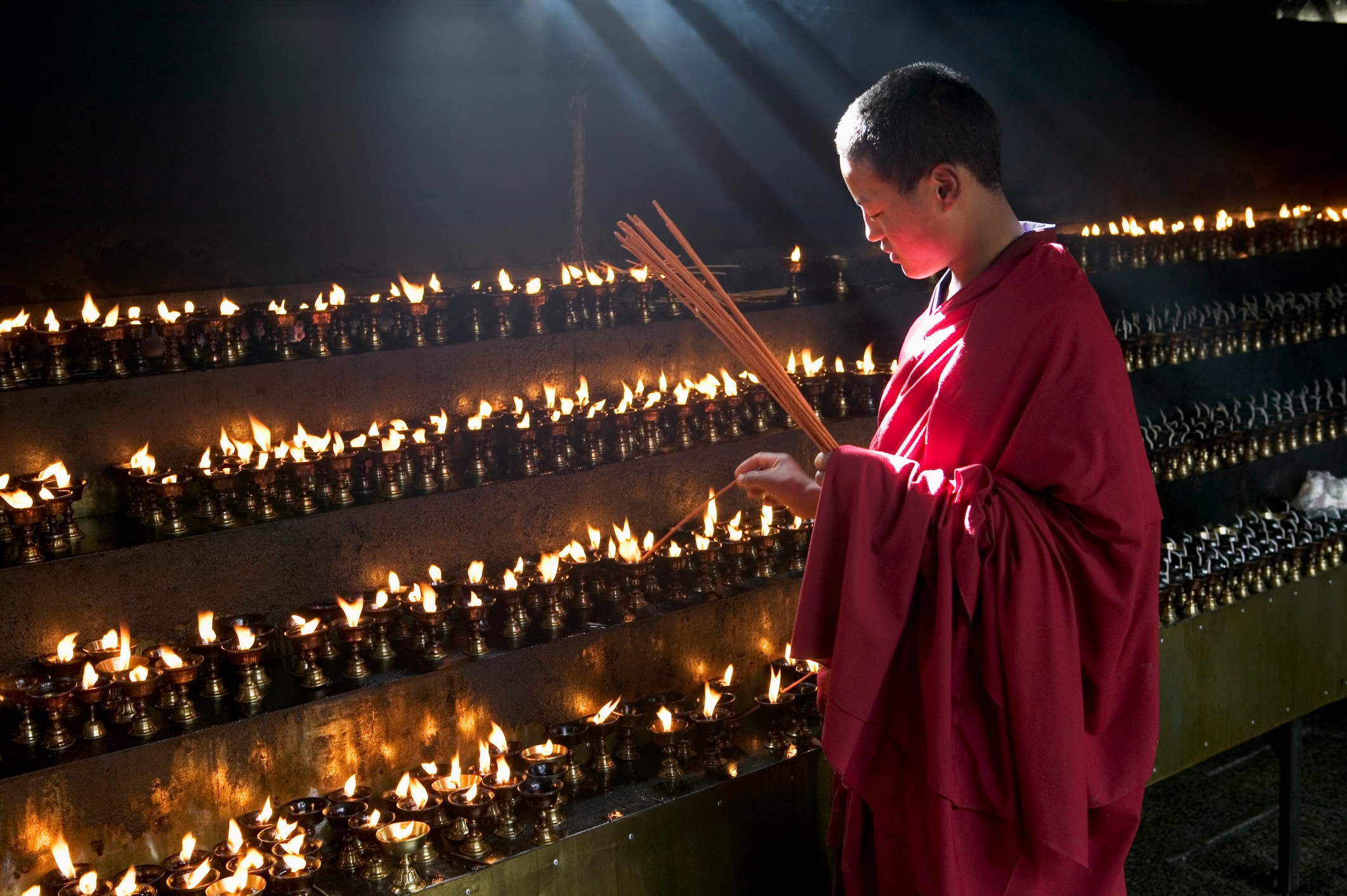
Tsangyang Gyatso is said to have predicted his rebirth in Lithang with a poetic verse. True to the prophecy, Kelsang Gyatso was born in 1708 and was quickly recognized by monks and oracles.
Due to political instability, he was taken to Kumbum Monastery instead of Lhasa. In 1751, he founded the Kashag (Council of Ministers) to administer Tibet and became both the spiritual and political head until his death in 1757.
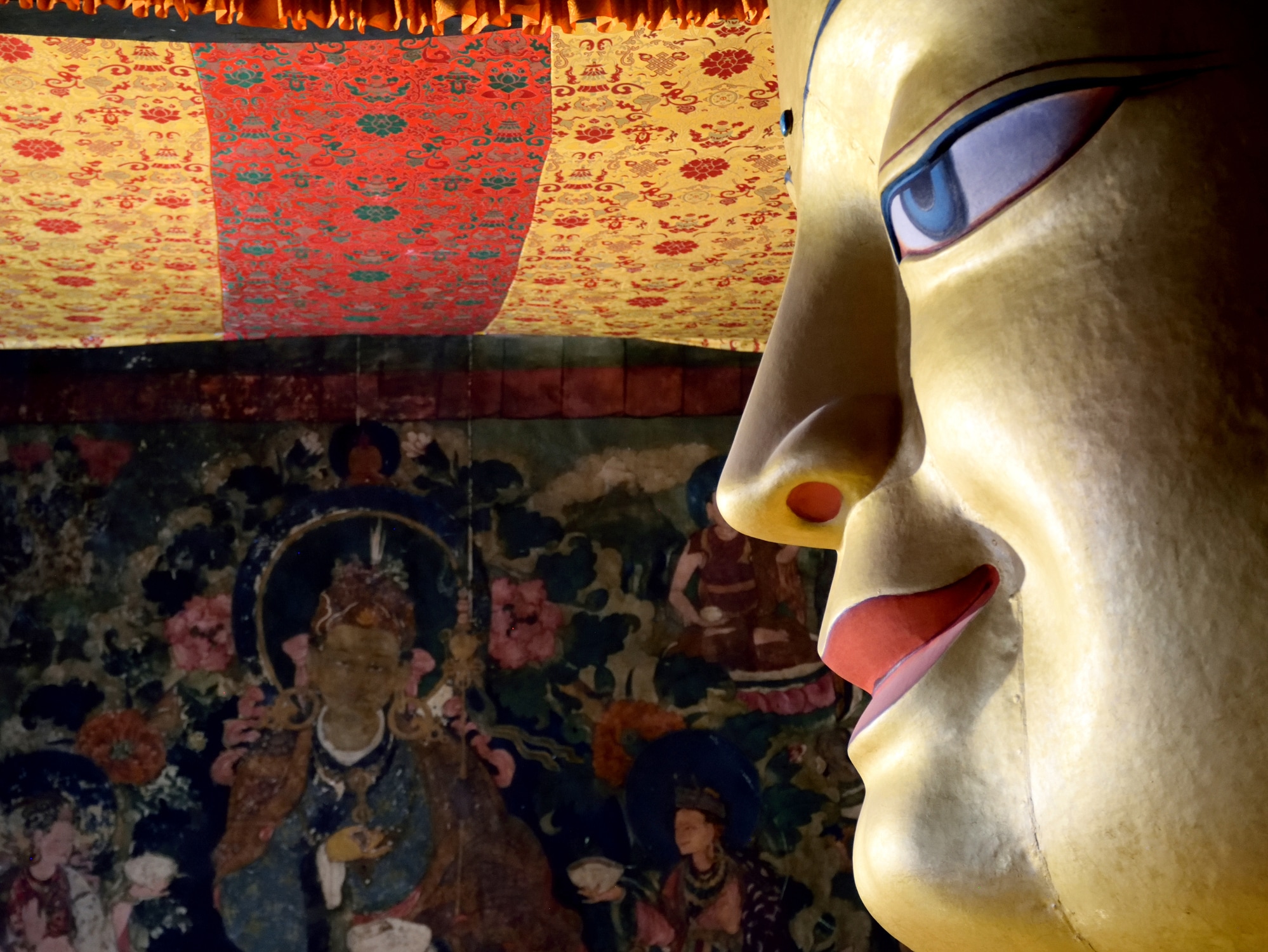
Jamphel Gyatso was born in 1758 in the Tsang region. His birth was marked by auspicious signs like abundant harvests and rainbows. From infancy, he displayed spiritual tendencies such as meditative posture and prophetic speech.
Recognized early, he was enthroned and led Tibet through a relatively peaceful era. He died in 1804 at age 47, remembered for his calm and visionary leadership.
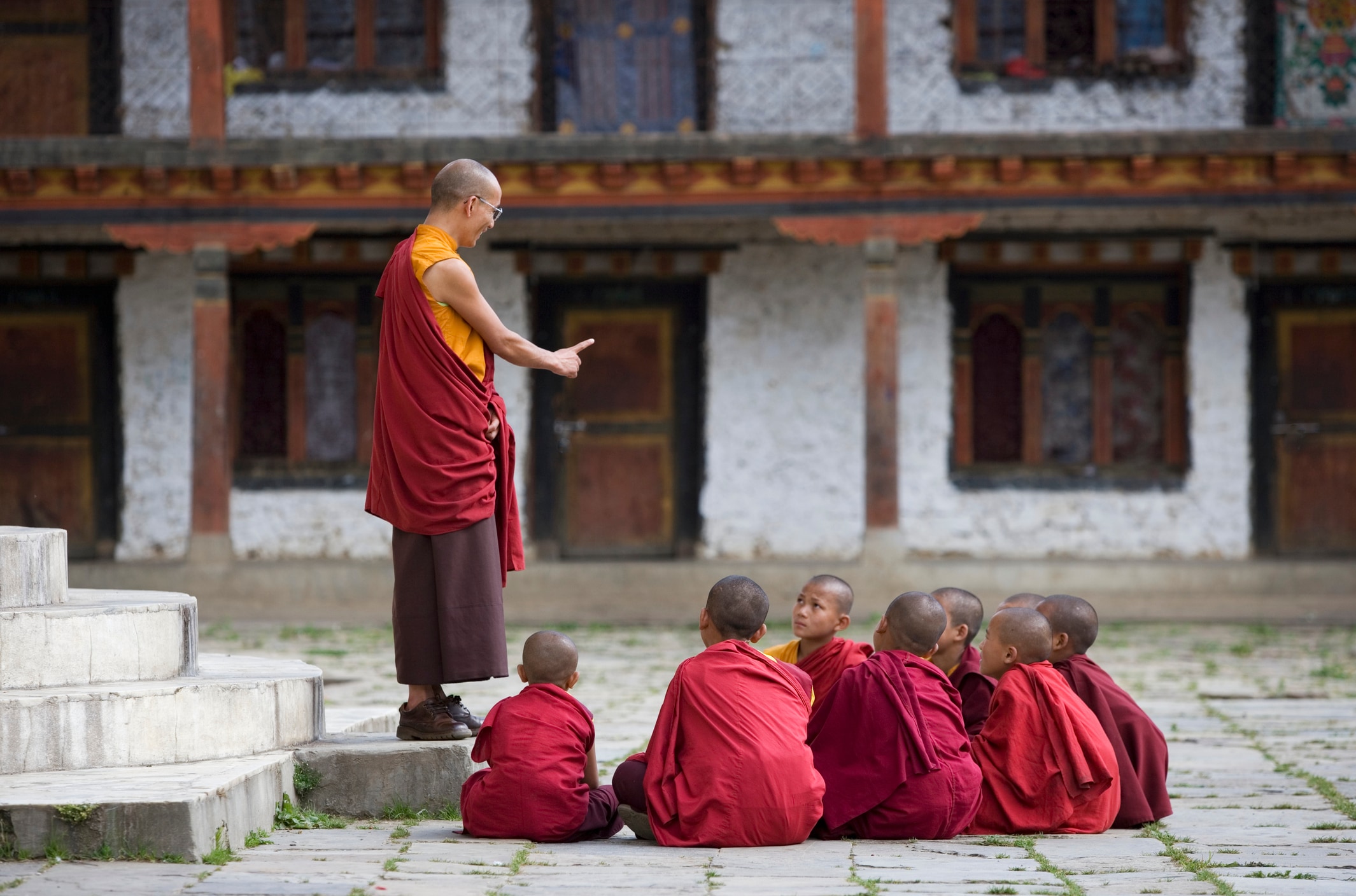
Born in 1805 in Kham, Lungtok Gyatso was enthroned at Potala Palace in 1810. Despite high hopes, his time was tragically short. He died at just 9 years old in 1815, cutting short a promising but unrealized spiritual reign.
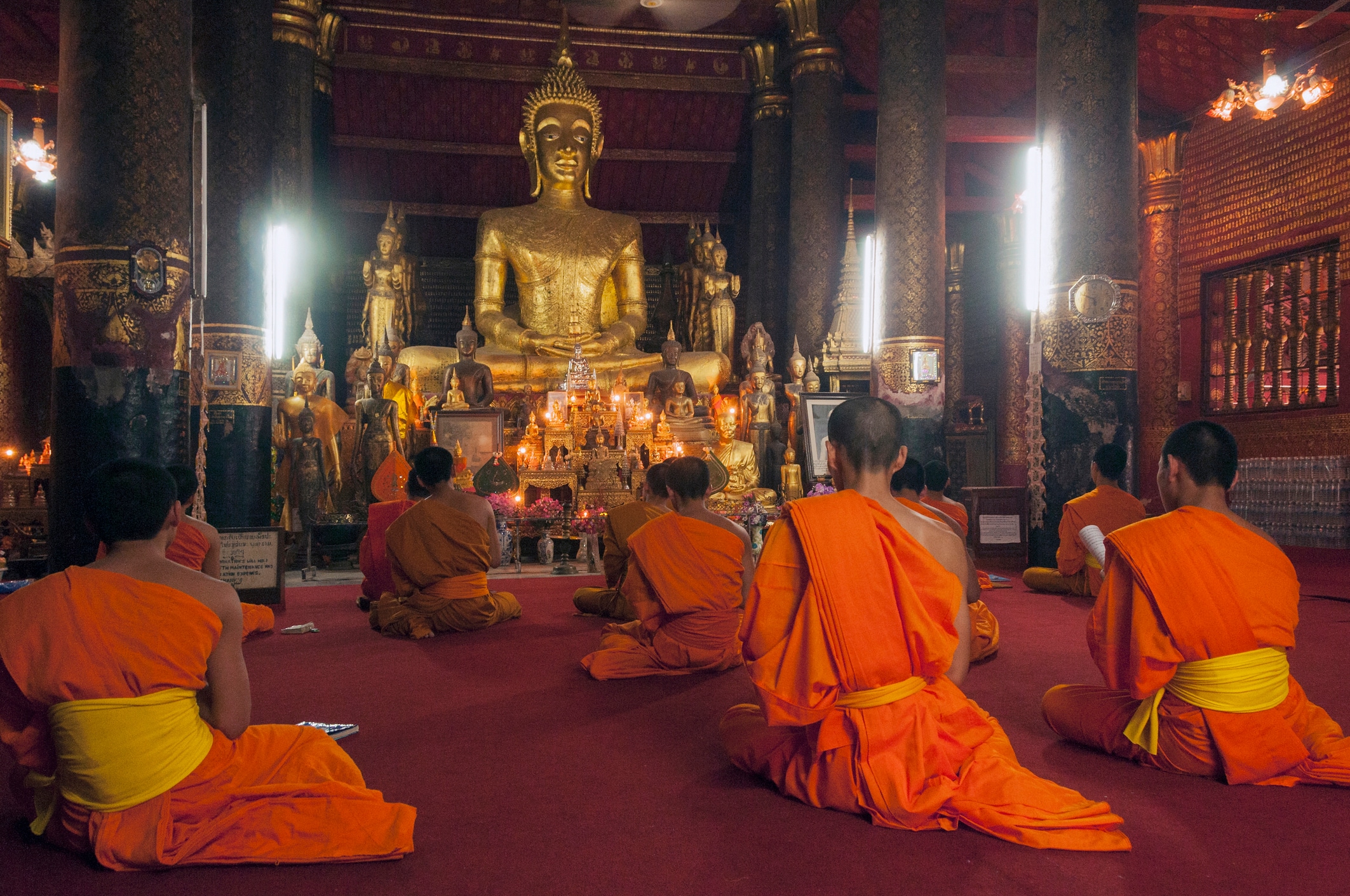
Born in 1816 in Lithang, Tsultrim Gyatso was enthroned in 1822. He was deeply committed but plagued by ill health. His frail condition limited his contributions, and he died in 1837, continuing the pattern of short-lived Dalai Lamas.
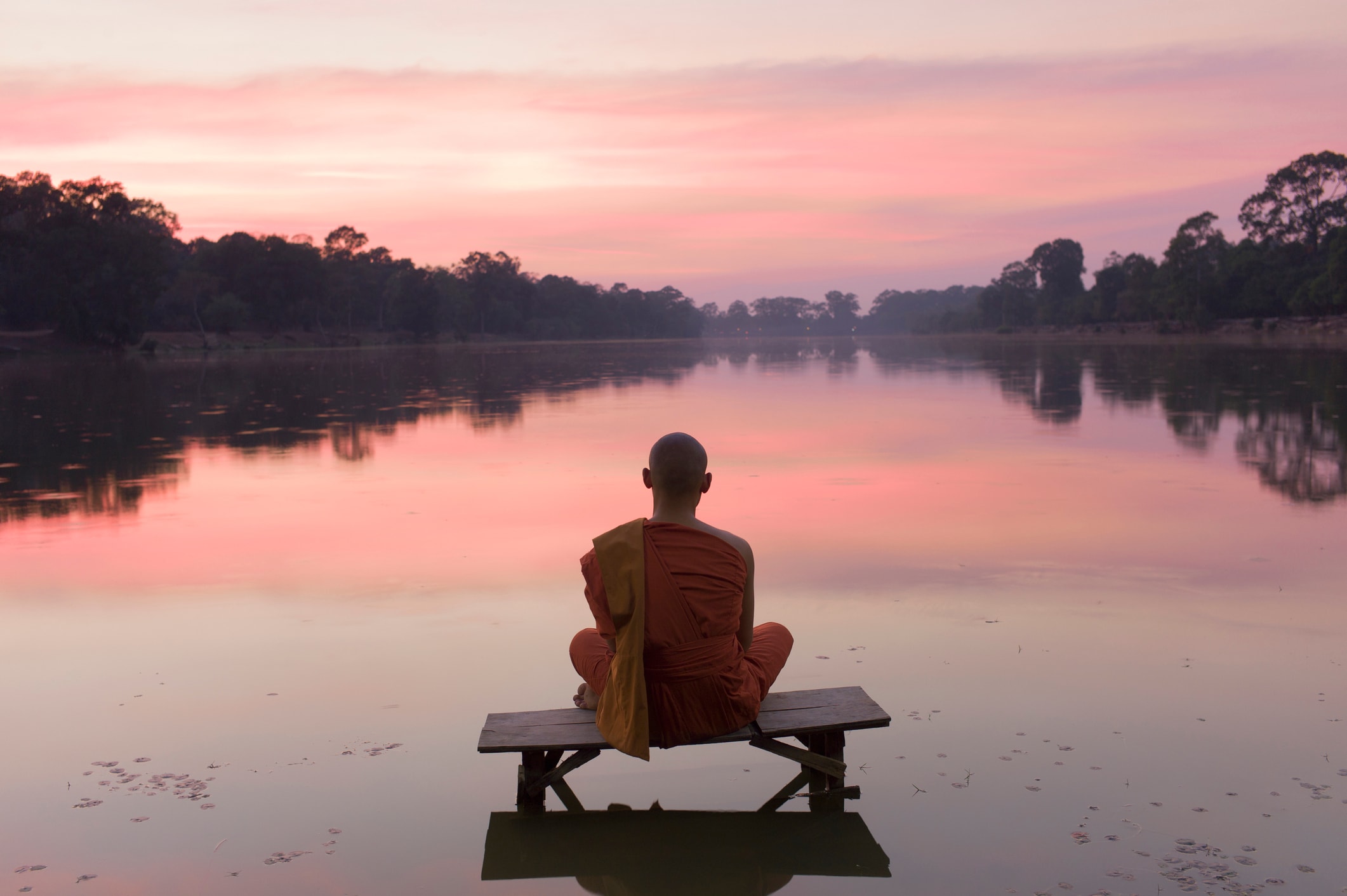
Khedrup Gyatso was born in 1838 in Kham Minyak. He was recognized in 1841 and officially enthroned a year later. Though expectations were high, he died young in 1856.
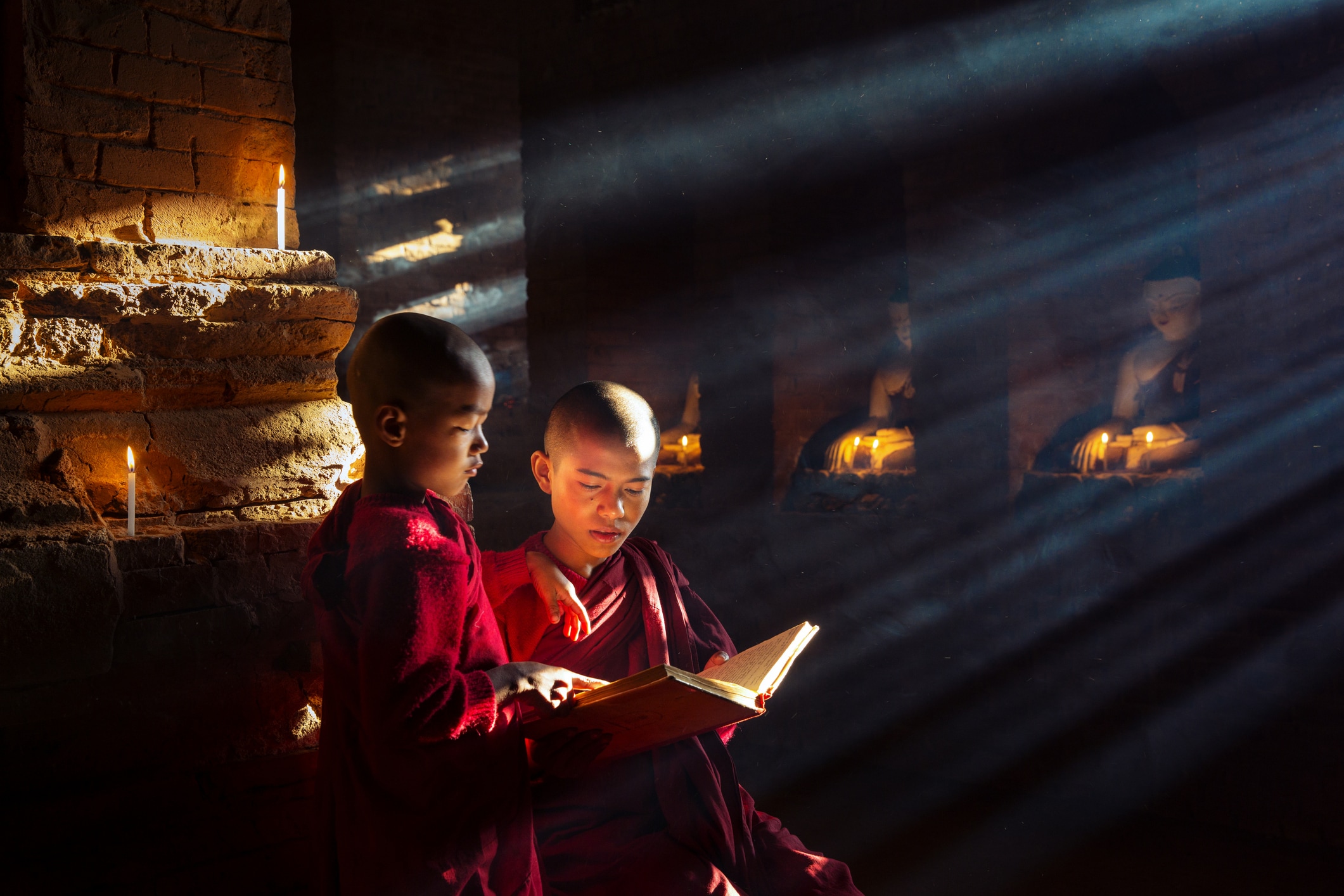
Born in 1856 near Lhasa, Trinley Gyatso took over as spiritual and political leader in 1873. His tenure was brief; he died in 1875 at just 20 years old, leaving behind minimal historical impact.
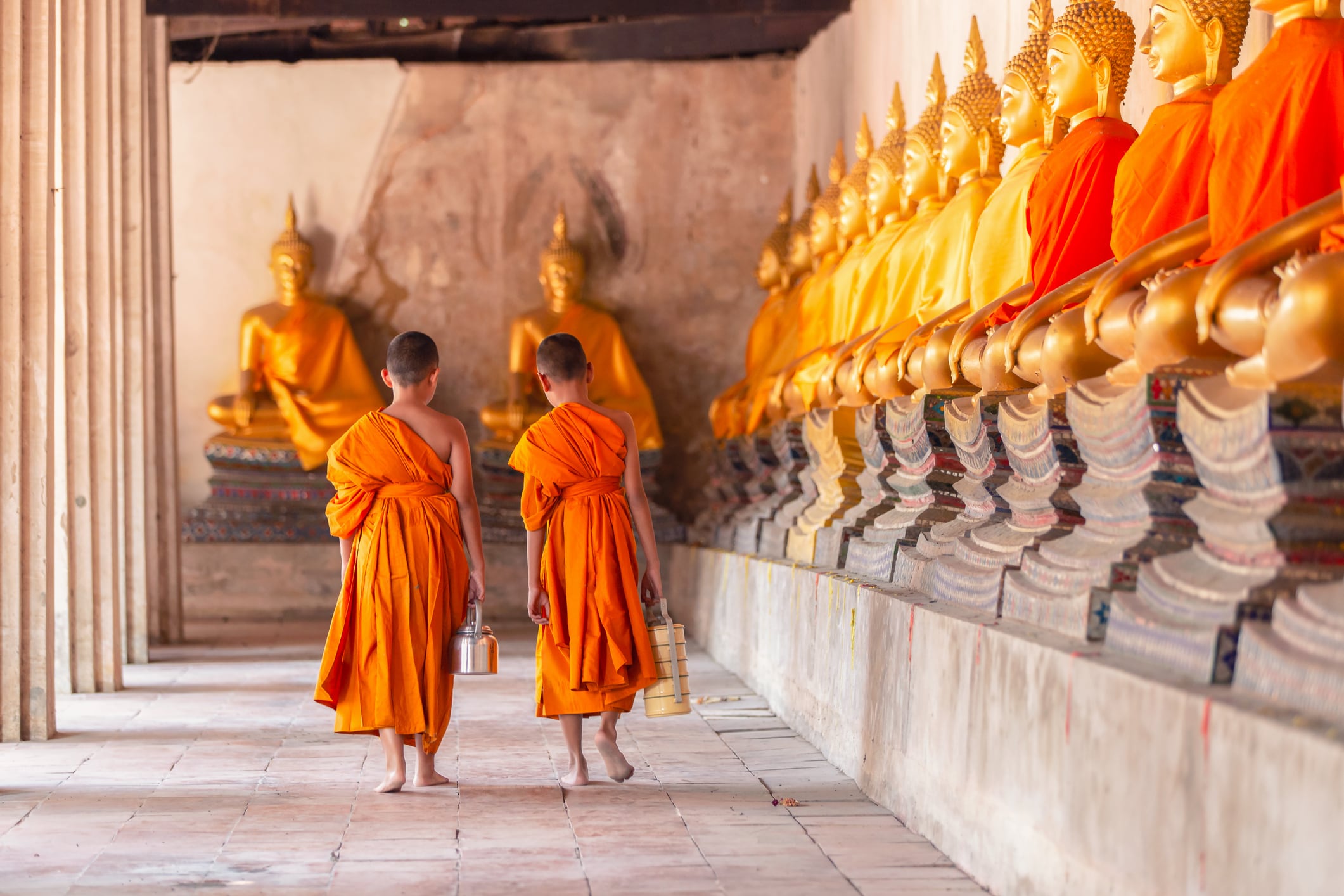
Born in 1876, Thupten Gyatso brought reforms that reshaped Tibetan society. He founded the Tibetan Medical and Astrology Institute and set up the region's first police force.
In 1923, he also established the first English school in Tibet. He died in 1933, leaving a legacy of modern governance and education reform in Tibet.
You may also like

Mum's devastating diagnosis after dismissing stomach pain as sign of food allergy

Maharashtra Politics: Dy CM Eknath Shinde's 'Jai Gujarat' Remark Sparks Political Row; Opposition Slams Betrayal Of State Pride

Incredible A road runs entire length of country - no one knows its start point

Perishers - 5th July 2025

Noel Gallagher chokes up on stage at Oasis' first concert in 16 years







